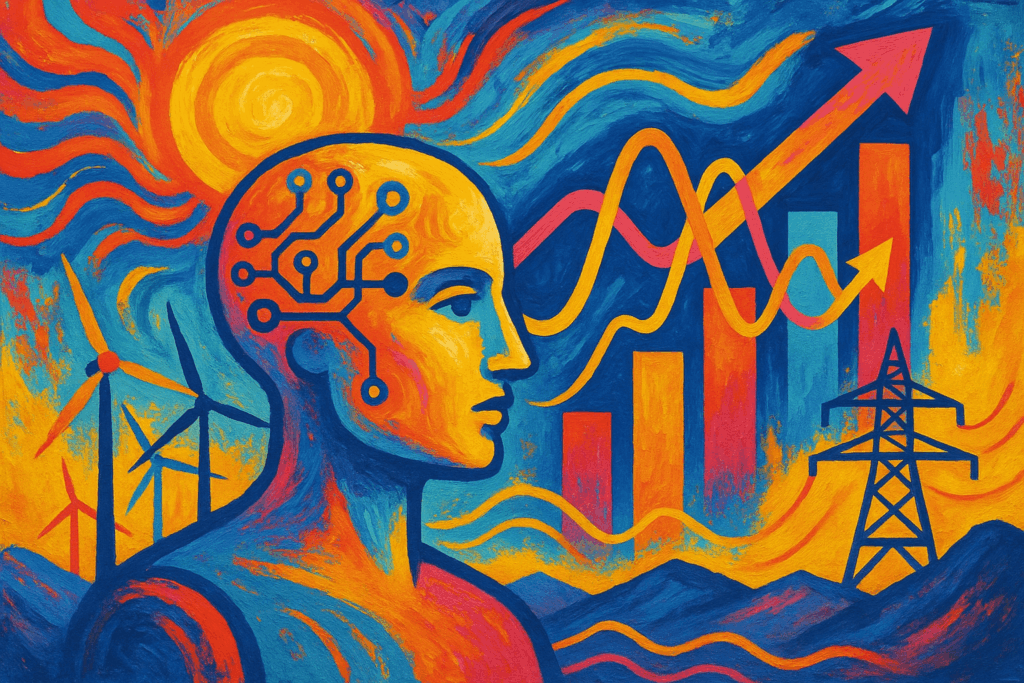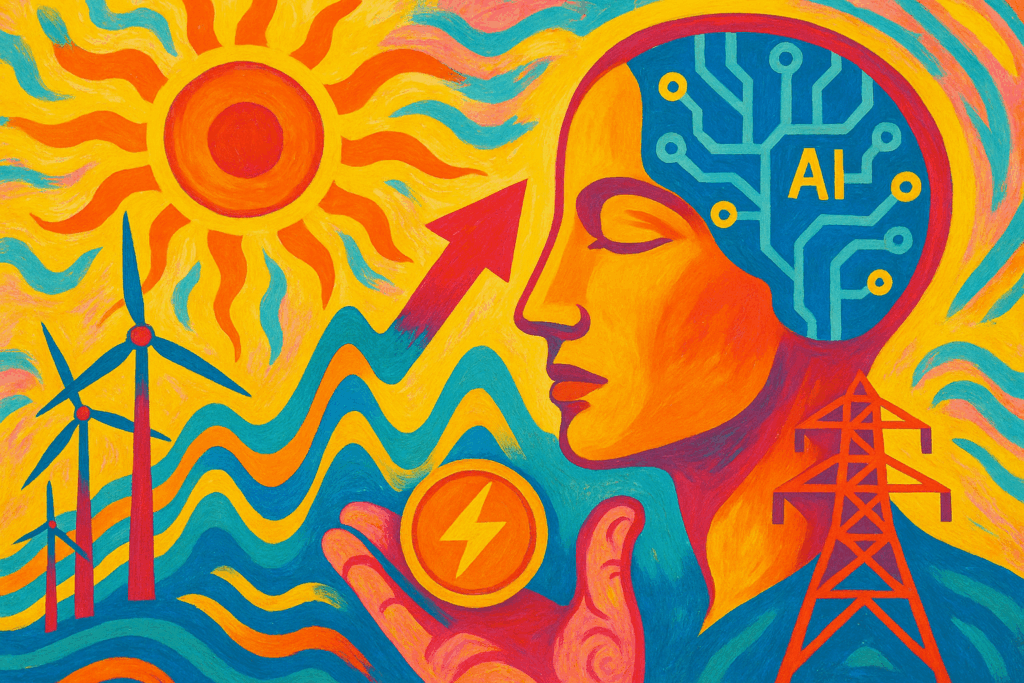The Evolving Challenge of Energy Prediction
Forecasting energy demand has grown increasingly complex as extreme weather events become more frequent and the energy landscape shifts rapidly. The surge in renewable energy sources, the widespread adoption of electric vehicles, and the exponential rise of data center power consumption all add unpredictable variables. Traditional forecasting methods, often limited to short-term projections or seasonal averages, struggle to accommodate these dynamic factors with sufficient accuracy.
AI Delivers Unprecedented Market Insight
Artificial intelligence models are now enabling energy market participants to access highly granular hourly power demand forecasts extending up to seven months ahead. Unlike conventional approaches, these AI-driven forecasts offer detailed insights that capture both short- and long-range variations across diverse conditions. Amperon exemplifies this advancement by providing market participants with comprehensive hourly projections that integrate multiple complex data inputs.
How AI Models Achieve This
These models leverage advanced machine learning algorithms alongside global meteorological data from sources such as the European Centre for Medium-Range Weather Forecasts (ECMWF). By incorporating historical consumption patterns, solar and wind generation variability, and behavioral changes tied to weather fluctuations, AI models synthesize a multidimensional view of future demand. This approach enables the identification of subtle trends and spikes that were previously difficult to predict.
The Impact on Trading and Grid Stability
For energy traders and utility operators, AI-powered forecasts provide a significant advantage in price positioning and risk management. Detailed hourly predictions facilitate more precise hedging strategies and operational decisions, contributing to financial efficiency and system reliability. Backtesting these models against events such as the PJM demand surge and the Texas cold snap has demonstrated their ability to closely replicate real-world scenarios, bolstering confidence in their predictive power.
The Future of Energy Intelligence
The integration of AI into energy forecasting heralds a new era of market intelligence that aligns with the evolving challenges of modern grids. As the energy transition accelerates, embracing AI-driven insights will be essential for traders and grid operators aiming to optimize performance and resilience amid volatility. Continued innovation in this field promises to refine predictions further, supporting a more responsive and stable energy ecosystem.




